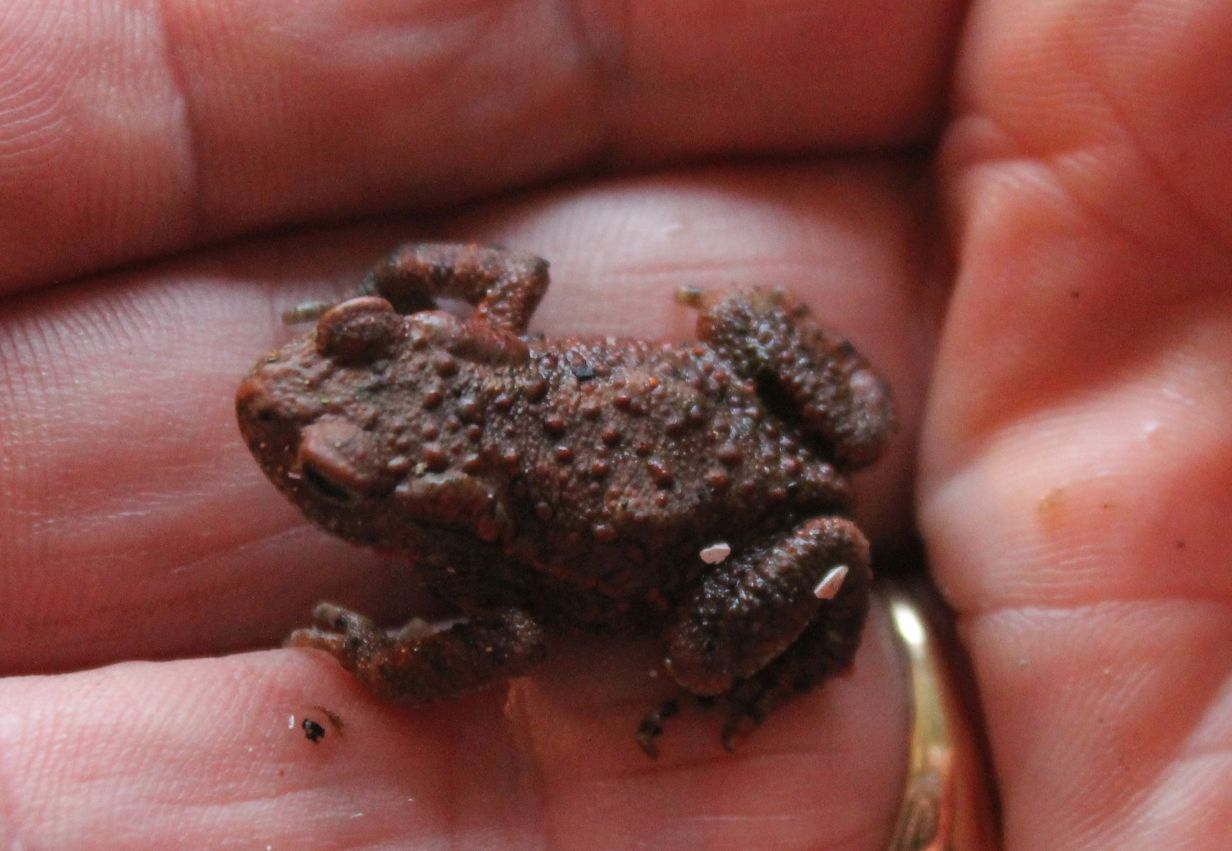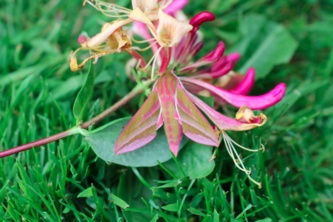Shandy Hall Gardens are full of wildlife
Birds from large red kites and buzzards to tiny firecrests can be seen, and small mammals such as stoats, squirrels and voles. Nearly 450 species of moths have been recorded in the gardens, and a wide variety of insects, wild plants and fungi can be found.
Working alongside this wildlife, and supporting it, is central to the management of the garden. The health of the garden is considered from the microbial life in the soil on upwards, rejecting poisons and artificial chemicals. The grass is studded with circles of daisies, clover and self-heal, loved by the resident bees. Ivy and hedges are cut only outside the nesting season and care is taken not to disturb ground nesting birds. Insect preferences are considered in the planting.

































